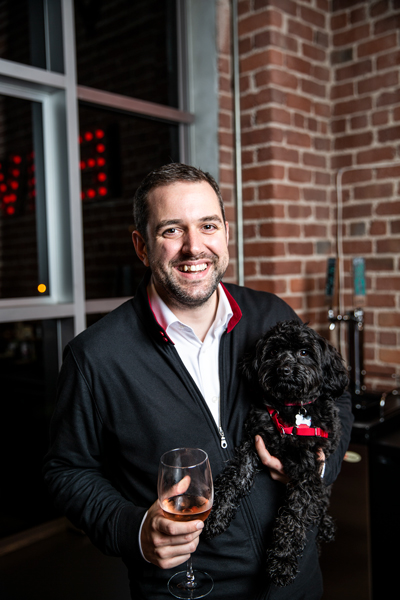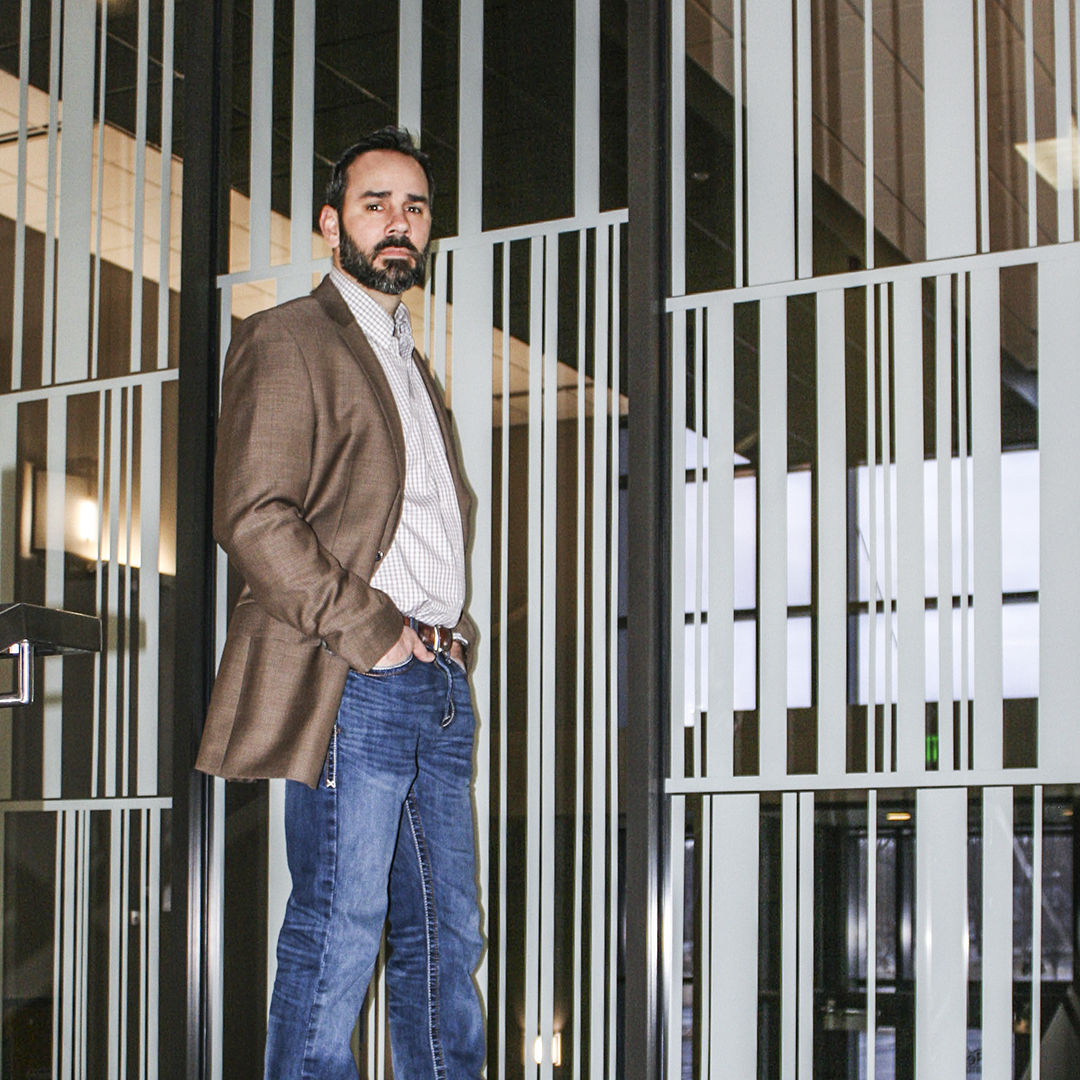|
Getting your Trinity Audio player ready...
|
Matt Harris, Envoy’s head of workplace technology, believes in a smart office. He works to build spaces that use technology to support the company’s 115 employees, adding, “We want offices that understand and know you, that understand your preferences.”
Envoy operates with a mission that “puts people first” through the integration of efficient tech tools in the workplace to streamline business practices. The company first made its name by reimagining front lobby systems, which replaced businesses’ paper logbooks with integrated, software-packed iPads now used in ten thousand workplaces across the world. This success led to the design of efficient solutions for the piles of delivered packages that overwhelm many offices. Now Envoy is challenging workplace technology at large.

Harris is ground zero for this work, as he constantly explores how technology can improve the employee experience. “I am client number one for our engineering team,” he says. The philosophy behind Harris’s work is to “sweat the small stuff,” which emphasizes the importance of factoring in every little detail, as these are what he claims matter the most. When you hone your focus this way, you’re able to identify the problems and do something about it. These “pain points” are places for improvements and Harris is looking for solutions that can scale while straddling engineering and product operations. Envoy intends to grow, and it needs results that will continue to fit as the company changes.
Streamlined technology will play a key role in these improvements. For instance, when Envoy’s kitchen runs out of bottled water, Harris explains that the current “solutions open to employees are either filling out a ticket or finding an office manager to solve the problem.” The former is a pain point—a laborious form for a tiny concern—and the latter cannot scale. Harris and his team are excited to explore how software could be the answer to these types of common issues, such as a simple app where the employees can post photos.
Skill and comfort with iteration and integrations are central to Harris’s work method. Previously serving as one of Envoy’s engineering managers where he focused on back-end tech, Harris has had a natural progression in his career. He takes his engineering mind-set—be agile, be willing to hack solutions—to allow tech to support workplaces. “Workplace roles need a wide range of talents and skills,” he says. “I know what ‘safe’ risks are and where to get my hands dirty.”

The answers are not always obvious; luckily, he has a diverse team of people operations, information technology, and engineers to help. “We are constantly looking at integrations,” Harris says. “It is hard to integrate with the physical things of an office and with a building that can’t change.” However, in June of 2018, an office relocation tested his skills. Envoy had planned a total overhaul of a new space: architects were hired, contractors bid. Then the company’s growth outpaced the plans and Harris had two weeks to oversee much of the transition. The result, he says, is even better than what was planned. “We have a great new home because everyone pitched in,” he explains. “We created this.”
Beyond the communal feeling of a DIY office move, Harris learned an important lesson: tunable spaces are better than inactive, beautiful spaces. For example, instead of deciding on walls for privacy or glass for openness, some of the 14 Zoom-ready meeting rooms have smart glass and change depending on needs. The shades and skylights are controlled by a Slack bot. Much like a smartphone, the office is learning and adhering to employee preference as individuals interact with it on a daily basis.

It is important to accommodate enough types of workplaces. Just as he considers ways to stock the fridge and tune the windows, Harris thinks about how many desks should be assigned and how many should be “hot”, meaning that different employees utilize them as needed. He looks at what other types of work spaces people want. The design questions are far beyond open concept versus cubicle. One of the keys for businesses, now, he says, is identifying the balance between providing a designated work space and providing options that support the employee’s choices.
Harris takes this idea of a smart workplaces that understand your needs and offers solutions to the company’s remote staff as well. “Envoy cares and has figured out the distributed employee,” he says. This doesn’t mean that he simply equips at-home offices with better monitors, microphones, and digital whiteboards—the integration of at-home offices and the central office is a central focus. Harris wants to make sure that Envoy’s San Francisco headquarters feel like everyone’s workplace, even employees working remotely. He manages this with tech initiatives such as iPad-based mobile telepresence robots through which distributed employees can hang out in the office.
Questions around weaving technology into the fabric of the physical workplace are the focal point of Envoy as they think of their customers and Harris is excited for what’s yet to come. He says, “I am constantly looking for partners and people who are interested in the question, ‘What does it mean to have a workplace team?’ We want to invite everyone to come and talk and build.”



